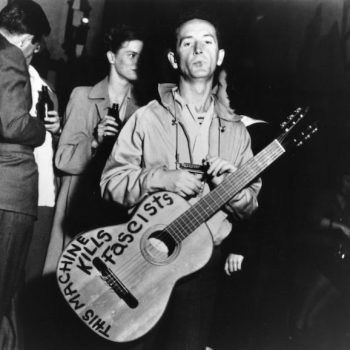 Over the break I read Tyler Hamilton’s memoir The Secret Race: Inside the Hidden World of the Tour de France: Doping, Cover-ups, and Winning at All Costs. If you love memoir, I highly recommend it. Hamilton, via a talented ghost-writer in Daniel Coyle, renders a detailed and vulnerable telling of the story behind the rise and fall of Lance Armstrong during his epic Tour de France winning streak.
Over the break I read Tyler Hamilton’s memoir The Secret Race: Inside the Hidden World of the Tour de France: Doping, Cover-ups, and Winning at All Costs. If you love memoir, I highly recommend it. Hamilton, via a talented ghost-writer in Daniel Coyle, renders a detailed and vulnerable telling of the story behind the rise and fall of Lance Armstrong during his epic Tour de France winning streak.
In bike racing all of the top riders are naturally gifted athletes who train like madmen and know how to push their bodies to the limit. The difference between winning and losing (luck, wrecks, injury aside), is how well you manipulated three things:
- Weight/Body Fat: You have to carry every pound, so a low body weight is key.
- Watts/Watts per kg: How much power can you produce in relation to your weight.
- Hematocrit: the volume of oxygen carrying red blood cells in your blood stream.
Weight was simple – they starved themselves even while training like crazy. This is why most riders didn’t use steroids or HCG – they didn’t want the weight gain associated with those drugs because it slows you down. Bulk is for sprinters. These guys were marathon machines.
Watts were straight forward, too. They all were absolutely nuts about pushing themselves to the limit year in, year out. Some of the workouts Hamilton describes are insane.
Hematocrit is where things get dicey. By taking the drug EPO, one can boost their hematocrit level. Any rider who tested over 50 was sanctioned. So the key was to get your hematocrit up close to 50 without testing positive for anything. They all used EPO to do it because, at least early on, there was no test to detect EPO.
Hamilton said, “Quickly I figured out just how important hematocrit was. It was not just another number; it was the number, capable of making the difference between having a chance at winning and not.” (p.54) He says that nobody could win the tour at that time without doping. It was impossible. You could win a one or two day race, but not the tour. The more you train, the lower your hematocrit goes. It drops even more over the course of 21 races in 23 days.
So, they used testosterone mostly during training and on days off during longer races so it would leave their system before they were tested. They used EPO constantly to keep their hematocrit up. And on off days during the TDF, they would get blood transfusions.
Wasn’t it a level playing field? Here’s a footnote written by Coyle:
“The answer, according to scientists, is no, because every drug affects different people differently. In the case of EPO, it is particularly illusory, due to the varying opportunities for improvement created by the UCI’s 50 percent hematocrit limit… Hamilton’s natural hematocrit is typically 42. Taking enough EPO to get to 50 means he could raise [it] 8 points, an increase of 19 percent… consider a different rider who has a natural hematocrit of 48. Under the 50 percent rule, that rider could only take enough EPO to add 2 points, or 4 percent more red blood cells – a power increase of one-fourth of Hamilton’s… Also, studies show that some people respond more to EPO than others, in addition some people respond more than others to the increased training enabled by EPO… bottom line: EPO and other drugs don’t level the physiological playing field; they just shift it to new areas and distort it. As Dr. Michael Ashenden puts it, “The winner in a doped race is not the one who trained the hardest, but the one who trained the hardest and whose physiology responded best to the drugs.”” (p.62)
The most fascinating part was Hamilton’s reflection on the toll lying about doping took on his life. Here’s what he wrote:
“Here’s what I was learning: secrets are poison. They suck the life out of you, they steal your ability to live in the present, they build walls between you and the people you love. Now that I’d told the truth, I was tuning into life again. I could talk to someone without have to worry or backtrack or figure out their motives, and it felt fantastic… One afternoon, I was doing some business research on the Internet, looking at training websites. As happened sometimes, an ad with a photo of Lance popped up. Usually, seeing his face made me wince, and I’d click the window closed. But this time, for some reason, I found myself staring at his face, noticing that Lance had a big smile, a nice smile. It made me remember how he used to be, how good he was at making people laugh… I found myself feeling sorry for Lance… I was sorry in the largest sense, sorry for him as a person, because he was trapped, imprisoned by all the secrets and lies. I thought: Lance would sooner die than admit it, but being forced to tell the truth might be the best thing that ever happened to him.” (264-5)












